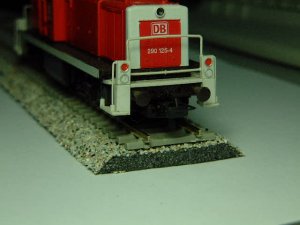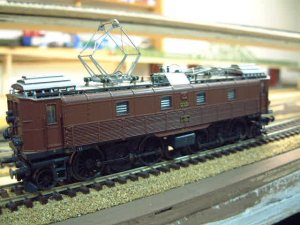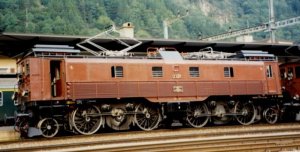Hello people,
I've just layed the main line on my module and it might be smart for me to ask this first before I continue with balasting it completely.
I use a small strip of cork, it's 12mm wide and 1,5 mm thick which fits exactly under the rail. (it's Z-scale) When adding ballast I didn't like the small edge it created. That's why I want to eliminate this small edge by adding an extra material so it drops off more smooth and realistic.
What kind of material can I use for the yellow part in this picture?

Thanks for the help!
I've just layed the main line on my module and it might be smart for me to ask this first before I continue with balasting it completely.
I use a small strip of cork, it's 12mm wide and 1,5 mm thick which fits exactly under the rail. (it's Z-scale) When adding ballast I didn't like the small edge it created. That's why I want to eliminate this small edge by adding an extra material so it drops off more smooth and realistic.
What kind of material can I use for the yellow part in this picture?
Thanks for the help!




















